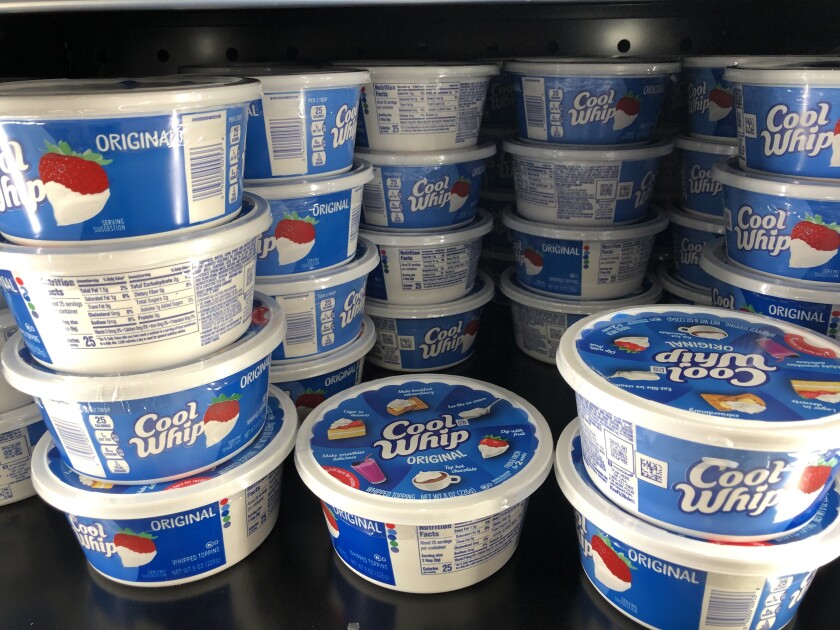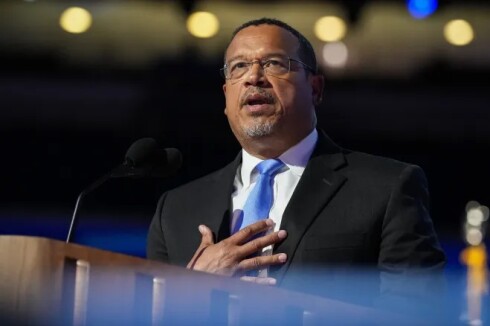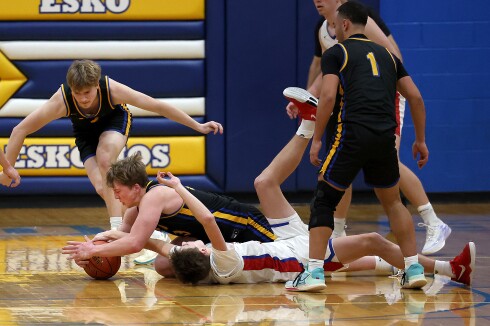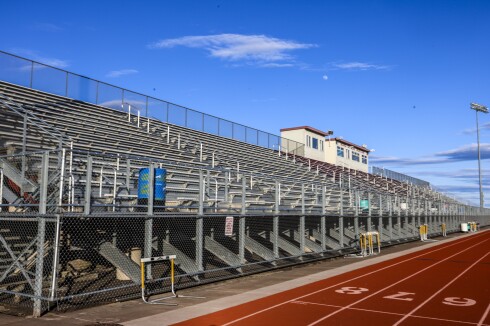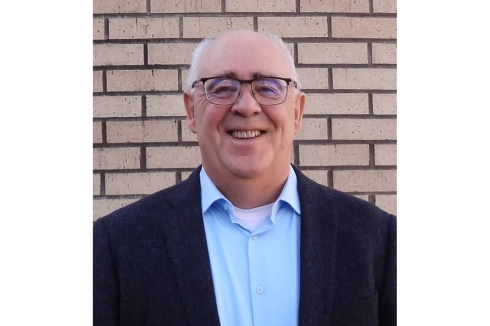GRANITE FALLS — Minnesota Secretary of State Steve Simon has two wishes with under two months until Election Day, and just days until early voting begins in Minnesota.
Simon wants to see a high voter turnout and low drama, as relayed during a stop in Granite Falls at the Bluenose Gopher Public House on Sept. 6. The informal gathering was part of Simon's ninth tour of Minnesota’s 87 counties since taking his office.
ADVERTISEMENT
There is a lot of attention being paid to the election process, he acknowledged. Feelings about the candidates are intense, and the perception is that this will be a close presidential election, he said.
“I like to say I, we are in the democracy business. It’s one heck of a time to be in the democracy business,” Simon said.
By low drama, Simon said he means he does not want to see another attack on the nation’s Capitol building like that of Jan. 6, 2021, or other violence or threats of violence.
As for turnout: Simon said he wants Minnesota to lead the nation in voter turnout, just as it has done in three of the four last elections.
Simon used the visit to Granite Falls to urge voters to be wary of disinformation. Campaign disinformation is nothing new, but artificial intelligence magnifies and “supercharges” the problem, he said.
He cited disinformation that was spread by a chatbot on the social media site X, formerly Twitter. It provided incorrect information when asked if Kamala Harris’ name could be substituted for Joseph Biden’s on ballots in Minnesota once he dropped out. "Yes" is the correct answer, but the chatbot got that wrong.
The Biden decision to drop his re-election bid and the Democrats' subsequent nomination of Harris occurred well before the deadline set by Minnesota statute for reporting candidates for president and vice president. The ballot deadlines of all 50 states were met.
ADVERTISEMENT
Simon said he and other secretaries of state called the "misinformation" to the attention of X, but initially got a shoulder shrug in response. A subsequent letter by the elected officials on how to correct the problem got results. The chatbot now directs questions about the election process to a nonpartisan and nonprofit website.
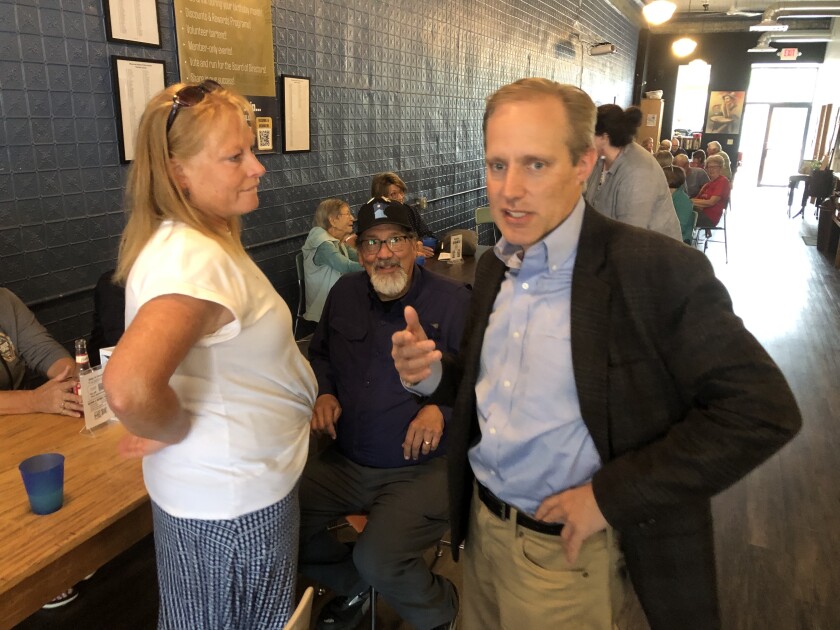
Minnesota’s new law that bans deep fake audio and visual materials is a step to prevent the spread of disinformation, said Simon. It prohibits fake content that is made without permission of the person depicted and done for the purpose of influencing the outcome of the election.
Other steps to stop disinformation include working as a team with the counties, cities and townships and other partners, and being transparent, he said.
Being transparent is especially important. Simon said the public is welcome to witness as election officials test voting machines prior to and after the election.
Minnesota has good laws that protect election integrity in the state, according to Simon.
The Secretary of State’s office is responsible for “list maintenance” of voter registration. Nearly every 24 hours, the office runs a database check for the names of newly deceased people, those with immigration issues or those who committed felonies and are in prison and not eligible to vote, Simon told reporters at the gathering last week.
I like to say I we are in the democracy business. It’s one heck of a time to be in the democracy business.
Minnesota does not “purge” voters from the registration list if they have not voted for four years, a practice that occurs in some states. Instead, it puts their names on an “inactive list” and they can return to active status by voting, he said.
ADVERTISEMENT
Noncitizens who attempt to vote are committing a felony and a deportable offense, Simon said.
It’s rare that a noncitizen has attempted to vote in Minnesota. Research by law professor Virgil Wiebe of the University of St. Thomas found that, of 13.4 million votes cast in Minnesota since 2015, only three were by noncitizens.
With less than two months to the Nov. 5 election, Simon said he is optimistic, despite all the challenges and strong feelings. “Does democracy feel a little bit dinged and defeated in the last few years? I would say yes but we’re nowhere close to defeated,” he said.
Asked what sort of reforms he would like to see, Simon said he wants laws to strengthen post-election audits and reviews. He wants to improve voting access on tribal lands.
He would also like to see a readily accessible website or system in which candidates could make available their positions on the issues in their own words. He said he hears often from many young voters who do not know the positions of candidates on the local level for elected offices such as county commissioner and, in many cases, do not know the role of those offices. That has kept some from voting, he said.
Early voting for the general election begins Sept. 20 in Minnesota. Voters may vote early in-person with an absentee ballot or request an absentee ballot and return it by mail. In-person voting in most rural counties is available at county offices. Find more information about registering to vote, early voting or voting on Election Day at sos.state.mn.us/elections-voting.








